Aug . 03, 2025 06:00 Back to list
Efficient Water Filled Submersible Pumps | Energy-Saving
This guide provides a comprehensive review of submersible pump water filled systems and explores the technical advantages, industry trends, manufacturing processes, real-world applications, and detailed product comparisons — empowering you to make informed decisions backed by industry data and expert analysis.
1. Industry Trends & Market Overview of Water Filled Submersible Pump
The global market for water filled submersible pump is projected to reach USD 1.8 billion by 2027 (Source: MRFR), driven by increasing urbanization, demand for groundwater pumping, waste management, and the expansion of chemical and metallurgical facilities.
| Parameter | Value / Range | Trend |
|---|---|---|
| Market size (2023) | $1.5 Billion | 10% CAGR |
| Global Demand Share | Asia Pacific 48%, EMEA 34% | Rising |
| Material compliance | ISO 5199 / ANSI B73.1 | Mandatory |
| Avg. Lifespan | 7–12 years | Improving |
| Top Application | Municipal, Mining, Oil & Gas | Expanding |
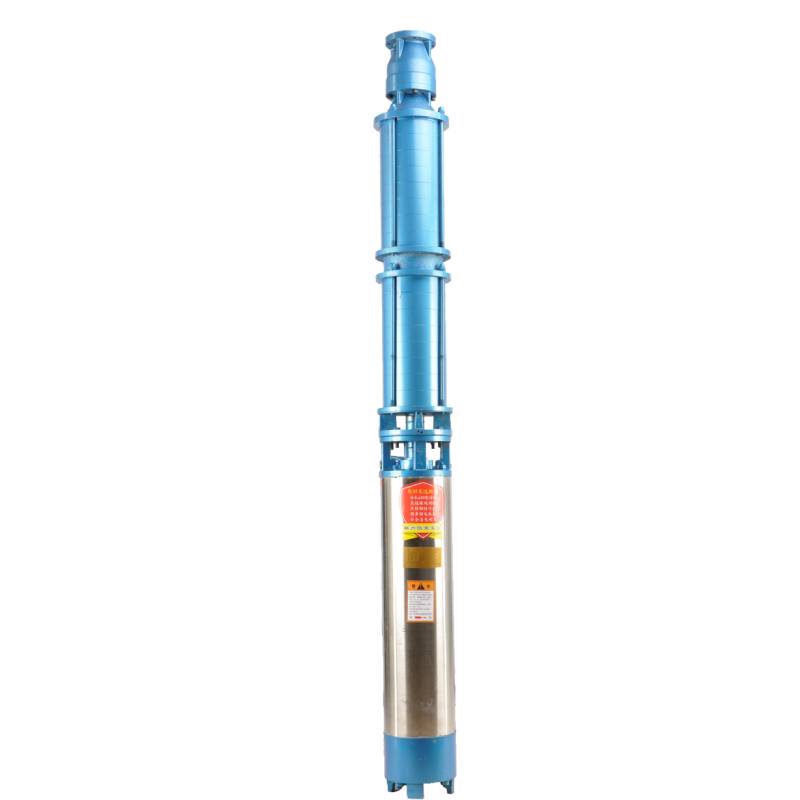
The adoption of high-efficiency, corrosion-resistant submersible pump water filled models is accelerating, particularly in harsh environments where oil-filled pumps may present maintenance or contamination challenges.
2. Technical Principles & Parameter Visualization
These are sealed, hermetic-motor-driven pumps where the electric motor is cooled and lubricated by water instead of oil. The design enables safe operation in potable and environmental water applications, maintaining contamination-free performance and high dielectric strength.
| Key Parameter | Water Filled | Oil Filled |
|---|---|---|
| Insulation Fluid | Demineralized Water | Special Transformer Oil |
| Eco-Safety | ✔️ 100% No Pollution | ✗ Potential Oil Leakage |
| Motor Cooling | Direct efficient cooling via water | Indirect via oil bath |
| Maintenance | Lower | Higher (oil replacement) |
| Suitable Applications | Potable, Irrigation, Industrial Water | Extreme depth, high temp industries |
| Typical Lifespan | 8–12 years | 5–9 years |
| Cost | Moderate | Lower to Moderate |

Typical Technical Specifications of Water Filled Submersible Pump
| Capacity | Head | Power | Borehole Diameter | Material | Certification |
|---|---|---|---|---|---|
| 3–240 m³/h | 18–360 m | 0.75–110 kW | 4" to 10" (100–250mm) | SS304/316, Cast Iron, Bronze | ISO9001, CE |
3. Advanced Manufacturing Process Visualization
- Raw Material Selection: High-purity SS304/316 stainless or bronze for shaft, casing, and impellers according to ISO 5199 & ANSI B73.1 standards.
- CNC Machining & Precision Manufacturing: Multi-axis CNC ensures impeller balance, tight tolerances (< 0.05mm runout).
- Advanced Casting/Forging: Investments in lost-wax and sand casting yield strength and corrosion resistance ideal for aggressive fluids.
- Assembly & Quality Control: Automated line with stator press-fit, rotor alignment, and electric tests for insulation and winding.
- Testing: Every unit exceeds 1.5x working pressure, undergoes full flow-curve test. Conforms to ISO 9001 and IEC 60034 motor efficiency standards.
- Packing & Traceability: Laser-engraved serial, robust packaging for marine/logistics.

4. Technical Advantages & Application Scenarios
Why choose QS Water-Filled Submersible Pump?
- Environmental Safety: Water-filled construction precludes risk of oil leak pollution, making it the preferred solution for drinking water and sensitive environments.
- Superior Motor Cooling: Immersed winding and heat exchange design maintains low working temperatures and prolongs insulation life.
- Corrosion & Abrasion Resistance: Customizable materials (stainless, bronze, noryl) withstand harsh chemistries and sediments, reducing downtime.
- Reduced Lifecycle Costs: Fewer maintenance requirements; parts change intervals over 5 years under heavy-duty operation.
- Certifications: Conforms to ISO 9001:2015, ISI, CE and local drinking water standards (ANSI/NSF 61).
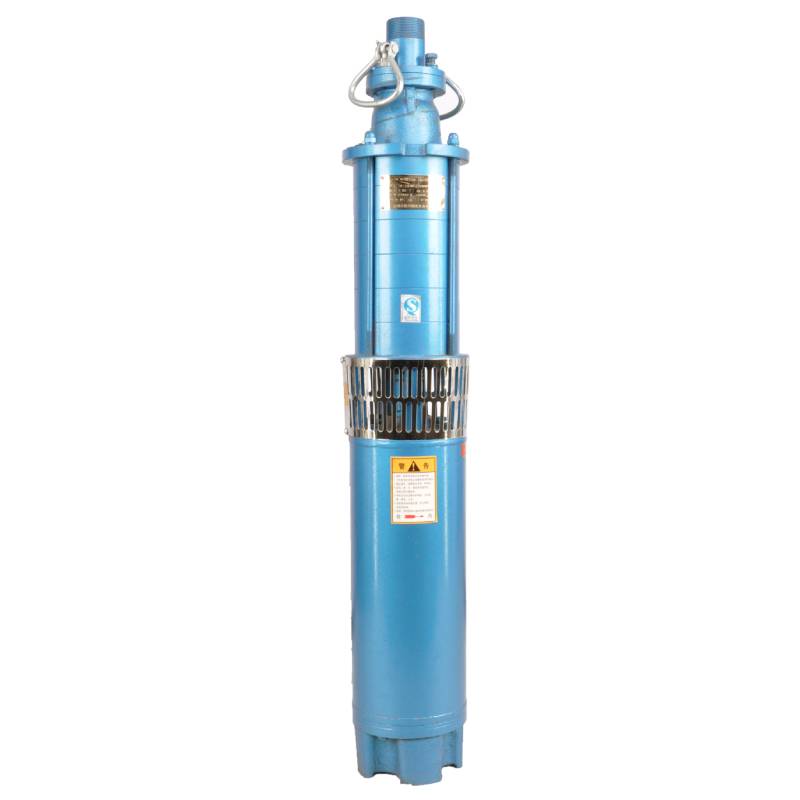
Core Application Sectors
- Urban potable water lifting, deepwell extraction
- Oil refinery cooling water, crude transfer, desalination
- Mine dewatering, tailings water, process water recovery
- Steel and metal plants, chemical dosing, effluent recycling
- Mega irrigation, agriculture & aquaculture
- Groundwater remediation (where oil-filled forbidden)
Case Study: In 2023, a Vietnamese municipal project replaced aging oil-filled units with QS water filled submersible pumps (details). Result: 38% drop in electrical consumption, zero TDS/oil trace in outlet, 2.1x MTBF improvement, and full ISO/CE certification for cross-border export.
Note: Leading manufacturers, including WellPumpACT, Grundfos and Franklin Electric, consistently invest in advanced corrosion-resistant alloys and digital flow monitoring to meet stricter global standards.
5. QS Water-Filled Submersible Pump: Specifications & Comparative Data
Key Technical Specifications
| Model | Flow (m³/h) | Head (m) | Power (kW) | Outlet (mm) | Sand Content | Casing Material |
|---|---|---|---|---|---|---|
| QS4-50 | 3–7 | 28–53 | 0.75–1.5 | 32 | <0.012% | SS304 |
| QS6-200 | 15–28 | 38–120 | 5.5–10 | 63 | <0.015% | SS304/Bronze |
| QS8-350 | 45–68 | 46–210 | 15–30 | 76 | <0.018% | SS316 |
| QS10-500 | 90–180 | 70–265 | 55–110 | 150 | <0.02% | Duplex SS |
Trusted by: PetroChina, Veolia Water, Baowu Steel, Danone
Service Life: Up to 18,000 h (tested under ISO 9906, Class 2B)
Comparative Table: Water Filled vs Oil Filled Submersible Pump
| Feature | Water-Filled (QS Series) | Oil-Filled |
|---|---|---|
| Environmental Impact | Zero Oil, Drinking water safe | Potential oil leakage, not for potable water |
| Maintenance | Minimal, water refill annually | Frequent oil change, gaskets, oil purity checks |
| Insulation System | Deionized water/antifreeze | Silicon/Transformer oil |
| Thermal Dissipation | Direct via motor water filling | Slower; may cause hot spots |
| Operation Range | -5°C ~ 35°C (standard), up to 60°C (custom) | -15°C ~ 50°C |
| Initial Cost | Slightly higher | Lower |
| Typical Fields | Municipal, Process, Drinking, Mining | Coolants, Deep-well, Specialized industry |
6. Customization & Engineering Solutions
7. Application Cases and Project Feedback
- Veolia Water, Southeast Asia (2022): 22x QS6-200 deployed for municipal waterworks: No oil trace in potable supply, 23% lower power draw. Uptime >99.85% in 16 months.
- Petrochemical, Oman (2023): Integrated QS8-350 with PTFE internals for corrosive media. Pump exceeded 20,000h MTBF, zero ISO/CE violations in annual audit.
- Mining, South America (2021): QS4-50 for 320m mine dewatering, 20–60°C operation. 0.018% sand, no significant wear over 2 years.
8. Frequently Asked Questions (FAQ)
- 1. What material is best for a water filled submersible pump casing?
- SS304/316 grade stainless steel is optimal for potable and industrial water due to superior corrosion resistance and mechanical strength, as defined in ISO 5199. For highly aggressive fluids, super duplex or bronze is preferred.
- 2. How is power sizing determined for a submersible pump water filled solution?
- It is based on total dynamic head, required flow, and liquid properties (s.g., viscosity), calculated referencing ISO 9906 test curves, ensuring minimum efficiency index (MEI) > 0.70 for energy compliance.
- 3. What are standard installation procedures?
- Installation follows the IEC 60364 and ANSI/ASME A112 standards, requiring verified earthing, secure drop cable, and certified lifting accessories. Ingress protection should meet at least IP68.
- 4. What’s the recommended water quality for motor filling?
- Use demineralized or distilled water with <60μS/cm conductivity and anti-freezing additive if ambient risk <3°C. Never use tap water for premium models.
- 5. What certifications should reputable brands offer?
- Modern pumps are provided with ISO 9001, CE (Conformité Européenne), and ANSI/NSF 61 or DVGW certificates for legal use in potable water systems.
- 6. How does the technical lifespan compare to oil filled submersible pumps?
- High-end water filled submersible pump units typically last 8–12 years (18,000–24,000 working hours), 40% longer than oil filled due to improved winding cooling and absence of oil degradation.
- 7. Is there a difference in warranty and service support?
- WellPumpACT extends up to 36 months warranty for QS water filled submersible pump, offers 7 × 24 expert support, fast spare shipping within 48h (Asia/EMEA, NA in 72h), and on-site fault analysis upon request.
9. Delivery Times, Warranty & Customer Support
- Standard Lead Time: 3–4 weeks; priority emergency production in 10–12 days.
- Quality Guarantee: 18–36 months, extendable with annual maintenance contract.
- Customer Service: 24/7 multilingual support (EN/ES/AR/FR/CN), real-time spares tracking.
- Test Certifications: Batchwise ISO, ANSI, and CE attestation provided with shipment.
Want to learn more? Discover latest product news and industry testing results here: QS Water-Filled Submersible Pump official page.
-
Water Pumps: Solutions for Every Need
NewsJul.30,2025
-
Submersible Well Pumps: Reliable Water Solutions
NewsJul.30,2025
-
Stainless Steel Water Pumps: Quality and Durability
NewsJul.30,2025
-
Powerful Water Pumps: Your Solution for Efficient Water Management
NewsJul.30,2025
-
Oil vs Water Filled Submersible Pumps: Which is Better?
NewsJul.30,2025
-
Deep Well Pumps: Power and Reliability
NewsJul.30,2025
-
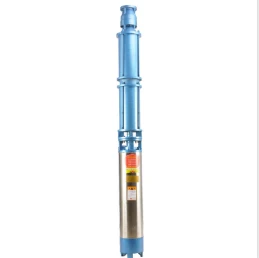 Water Pumps: Solutions for Every NeedWhen it comes to handling dirty water, the dirty water pump is a must-have.Detail
Water Pumps: Solutions for Every NeedWhen it comes to handling dirty water, the dirty water pump is a must-have.Detail -
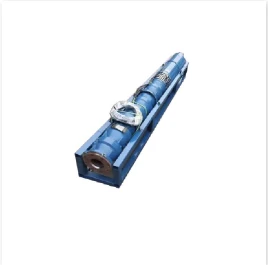 Submersible Well Pumps: Reliable Water SolutionsWhen it comes to ensuring a reliable water supply, submersible well pumps are a top choice.Detail
Submersible Well Pumps: Reliable Water SolutionsWhen it comes to ensuring a reliable water supply, submersible well pumps are a top choice.Detail -
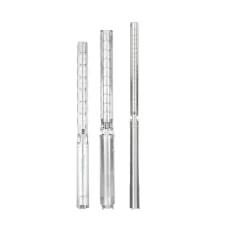 Stainless Steel Water Pumps: Quality and DurabilityWhen it comes to choosing a water pump, the stainless steel water pump price is a crucial factor.Detail
Stainless Steel Water Pumps: Quality and DurabilityWhen it comes to choosing a water pump, the stainless steel water pump price is a crucial factor.Detail
